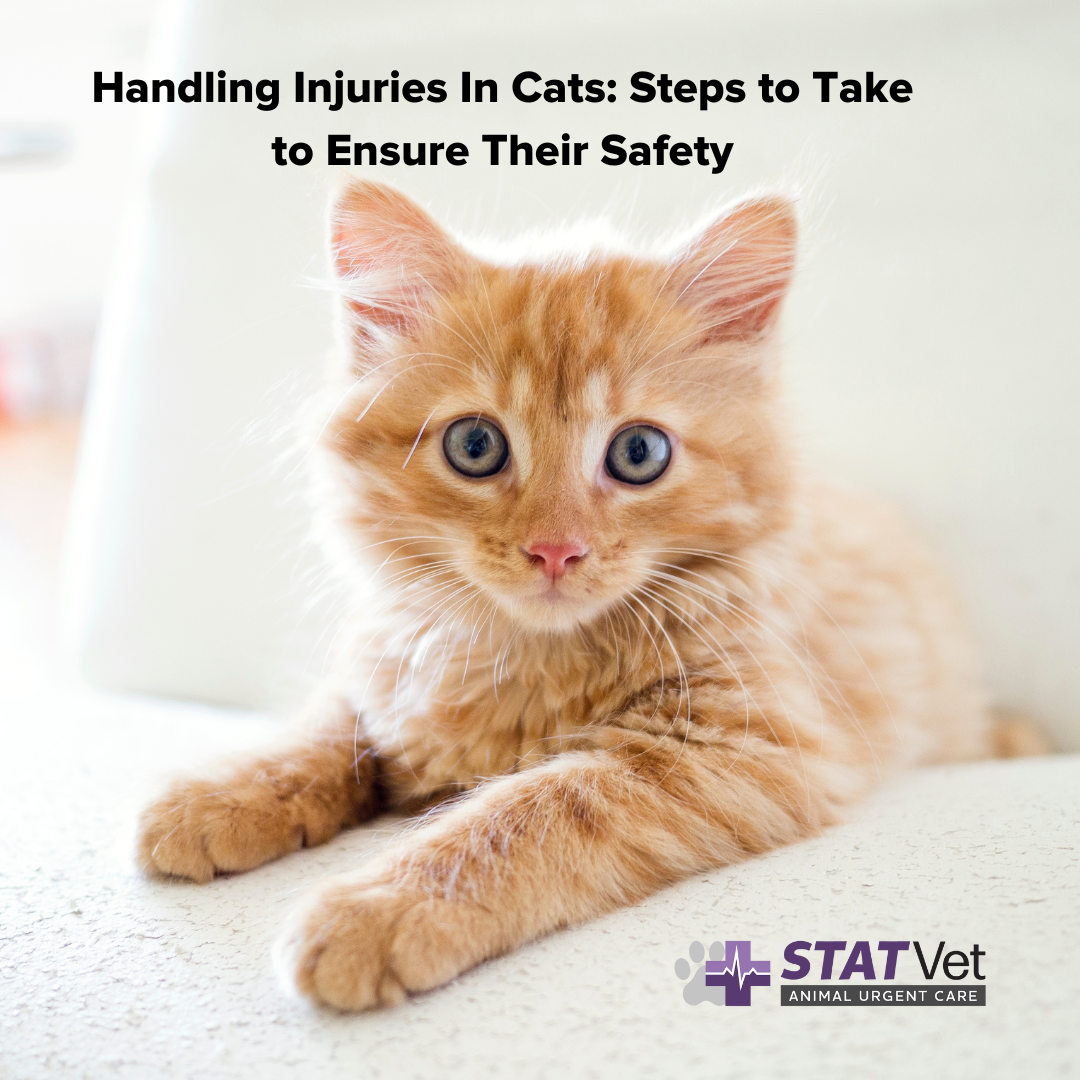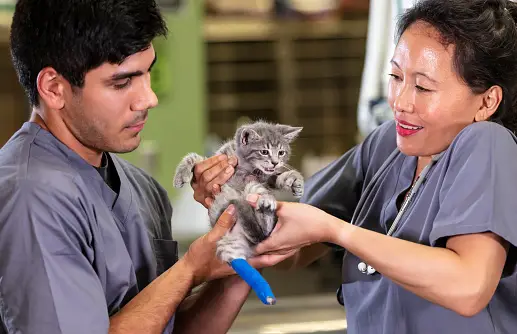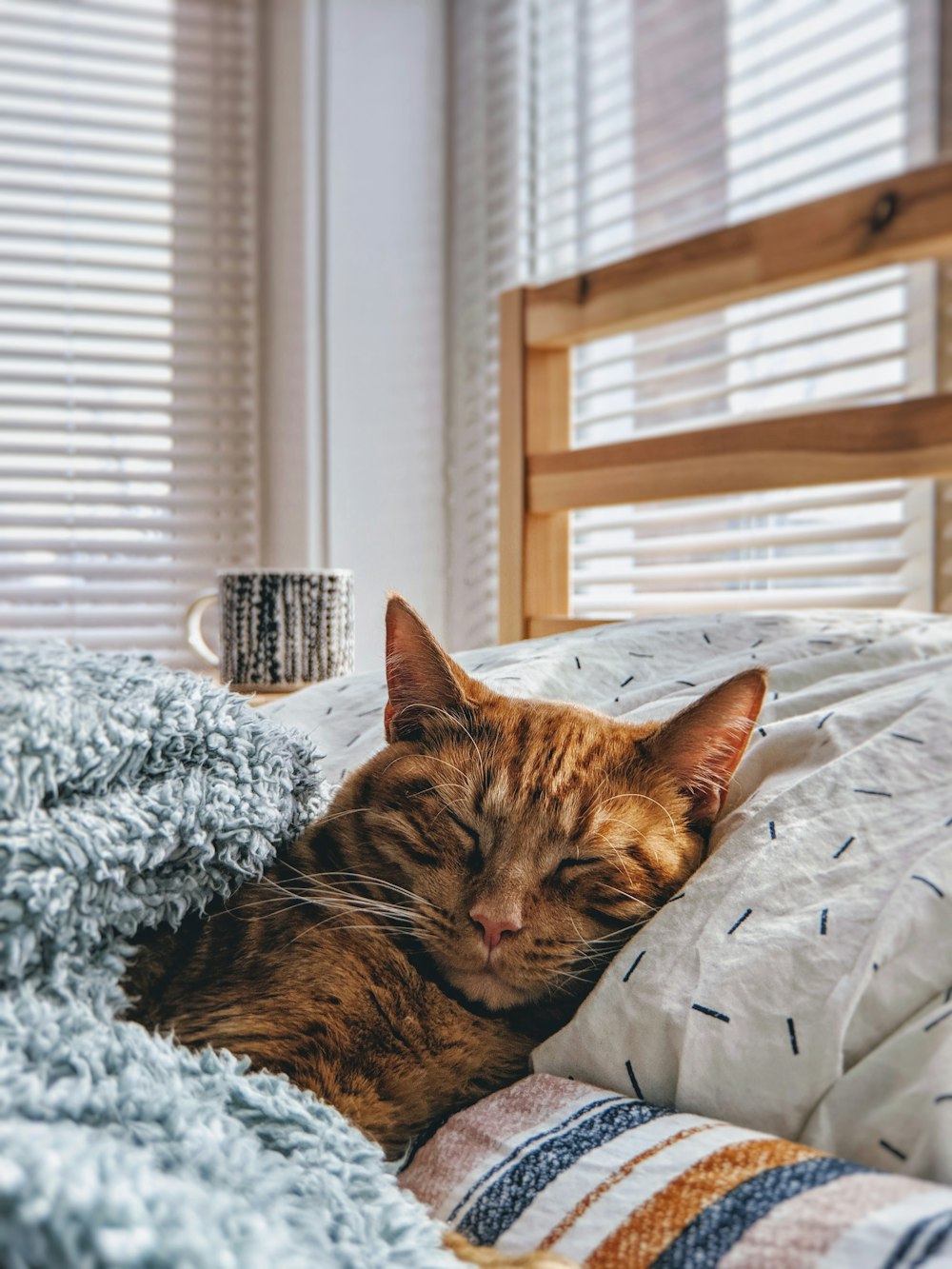
28 Jan Handling Injuries In Cats: Steps to Take to Ensure Their Safety
Cats are beloved companions known for their agility, independence, and playful nature. However, like any living creature, they are susceptible to injuries that can range from minor scrapes to more severe wounds. Understanding the potential dangers of cat injuries is crucial for every cat owner, as prompt and proper care can make a significant difference in their recovery. Let’s explore why cat injuries can be perilous and discuss several effective ways to handle them with the utmost care.
The Risks of Cat Injuries
While you may not know it, there are some specific characteristics of cat injuries that we need to pay attention to when caring for them.
Hidden Trauma
Hidden trauma in cats poses a significant risk for several reasons, primarily due to these feline companions’ unique behavioral and physiological characteristics.
- Masked Pain Response: Cats are evolutionarily predisposed to mask signs of weakness or pain as a survival instinct. In the wild, showing vulnerability could make them susceptible to predators. As a result, when cats are injured, they often conceal their pain, making it challenging for owners to recognize the severity of the trauma.
- Limited Vocalization: Unlike dogs, cats are generally less vocal about their discomfort. While a dog might whimper or whine when in pain, cats tend to be more stoic. They may not exhibit overt signs of distress, making it difficult for owners to identify hidden trauma solely based on behavioral cues.
- Natural Instinct to Hide: Cats have a natural inclination to seek shelter when they feel unwell or injured. This instinct is rooted in their wild ancestry, where appearing vulnerable in the open could attract predators. Consequently, injured cats may retreat to hidden corners or secluded spots, further concealing their injuries from their human caregivers.
- Subtle Changes in Behavior: Cats may exhibit subtle changes in behavior when they are in pain or distress. These changes can include alterations in grooming habits, appetite, or activity levels. However, these signs can be nuanced and easily overlooked, especially by owners who may not be attuned to their cat’s normal behavior patterns.
- Delayed Diagnosis: Hidden trauma can lead to delayed diagnosis and intervention. Since cats may not visibly display signs of distress, owners might assume that everything is normal. Unfortunately, this delay in recognizing and addressing the injury can allow the condition to worsen, leading to complications that could have been prevented with early intervention.
- Risk of Complications: Injuries that go unnoticed and untreated can result in complications such as infections, impaired mobility, or chronic pain. Cats may continue to function despite underlying injuries, but over time, these issues can compromise their overall well-being and quality of life.
Infection Risk
Infection poses a significant risk for cats with injuries due to several factors related to feline physiology, grooming habits, and environmental considerations. Understanding these aspects is crucial for cat owners in providing appropriate care and preventing complications associated with infections.
- Grooming Behavior: Cats are meticulous groomers, using their tongues to clean and maintain their fur. While this behavior is essential for hygiene, it introduces the risk of introducing bacteria into wounds. Even minor injuries can become contaminated with oral bacteria, potentially leading to infection.
- Moisture and Warmth: Wounds provide a warm and moist environment, which is conducive to bacterial growth. Cat saliva, while beneficial in some aspects of grooming, can introduce bacteria into the wound, increasing the likelihood of infection. The combination of warmth and moisture creates an ideal breeding ground for pathogens.
- Licking and Scratching: Cats often instinctively lick or scratch at wounds as a way of providing self-care. While this behavior is a natural response to discomfort, it can exacerbate the risk of infection by introducing more bacteria into the injured area. Excessive licking can also delay the healing process.
Internal Injuries
Understanding the factors that contribute to the risk of internal injuries in cats is essential for cat owners to ensure early detection and appropriate veterinary intervention.
- Silent Nature of Internal Injuries: Cats are adept at concealing signs of pain or weakness, and internal injuries often do not manifest with visible external symptoms. Unlike external injuries, internal injuries may go unnoticed, making them particularly dangerous as owners may be unaware of the severity of the situation until complications arise.
- High-Risk Activities: Cats are known for their agility, curiosity, and acrobatic behavior. These traits make them prone to engaging in activities that may result in accidents, falls, or collisions. Jumping from heights, exploring high surfaces, or engaging in rough play can lead to internal injuries, especially if the cat lands awkwardly or collides with objects.
- Cat Fights and Aggression: Territorial disputes and aggression among cats, particularly in outdoor environments, can result in physical altercations. Cat bites, scratches, or blunt force trauma during fights can cause internal injuries, such as damage to organs or internal bleeding.
Ways to Handle Cat Injuries with the Best Care

Immediate Assessment
Upon discovering an injury, it is crucial to approach your cat calmly and assess the situation. Look for signs of distress, abnormal behavior, or visible wounds. Keep in mind that some injuries may not be immediately apparent, necessitating a thorough examination.
Minimize Stress
Cats can become stressed easily, significantly when injured. Create a quiet and safe space for your cat to rest and recover. Limit interactions with other pets or family members to prevent additional stress that could impede healing.
Contact a Veterinarian
Professional medical advice is paramount when dealing with cat injuries. Even seemingly minor wounds can escalate, and a veterinarian can provide guidance on the best course of action. Prompt attention can prevent complications and ensure a smoother recovery.
Clean Wounds Carefully
If the injury involves an open wound, clean it gently with a mild antiseptic solution. Avoid using hydrogen peroxide, as it can be harsh on tissues. A vet-recommended antiseptic solution will help prevent infections.
Monitor for Changes
Keep a close eye on your cat’s behavior, eating habits, and injury healing progress. Report any sudden changes to the veterinarian promptly. Monitoring your cat’s condition ensures that complications are caught early.
Administer Medications as Directed
If your veterinarian prescribes medications, follow the instructions carefully. Whether it’s antibiotics or pain relief, administering the correct dosage is crucial for the effectiveness of the treatment.
Provide a Comfortable Recovery Environment
Create a comfortable and quiet space for your cat to recover. Provide soft bedding and access to water, and ensure the environment is free from potential hazards. A stress-free recovery space promotes healing.
In Conclusion
Caring for cat injuries requires a proactive and attentive approach from feline caregivers. Understanding the risks associated with cat injuries, such as hidden trauma, infection, and internal injuries, is essential for providing the best possible care to our feline companions.
Addressing hidden trauma demands a keen eye for subtle changes in behavior, as cats are adept at masking signs of pain. Regular observation and immediate attention to deviations from their normal activities are crucial in early identifying injuries. Seeking prompt veterinary care ensures a thorough assessment and appropriate intervention, preventing potential complications.
The risk of infection emphasizes the importance of meticulous wound care. Cats’ grooming behavior, while essential for hygiene, can introduce bacteria into wounds, making them susceptible to infections. Cat owners should clean wounds carefully with vet-recommended antiseptic solutions and monitor for signs of inflammation or infection. Additionally, outdoor cats face environmental exposures that increase the risk, making preventive measures and prompt treatment vital.
Internal injuries, often silent and challenging to detect, necessitate a cautious approach. Cats’ high-risk activities, territorial disputes, and potential health conditions amplify this risk. Owners should prioritize creating safe environments, monitoring for signs of distress, and seeking immediate veterinary attention after accidents or fights.
In caring for cat injuries, collaboration with a veterinarian is paramount. Timely professional guidance ensures accurate diagnosis and appropriate treatment plans. If you find yourself needing immediate medical care for your cat, an animal urgent care is a great option. Animal urgent cares can provide care for your animals for minor and serious illness’s or injuries. In addition, they are open late and on the weekends. If you are in the Tulsa area and your cat has experienced an injury, contact STATVet today! If you cat is facing a threatening issue and needs life saving care, it’s best to take them directly to an animal hospital.
Ultimately, caring for cat injuries is a responsibility that goes beyond addressing visible wounds. It requires a deep understanding of feline behavior, prompt action in the face of injuries, and a commitment to providing the necessary care for a swift and complete recovery. By adopting these principles, cat owners can safeguard the well-being of their feline companions and ensure they lead happy, healthy lives.



